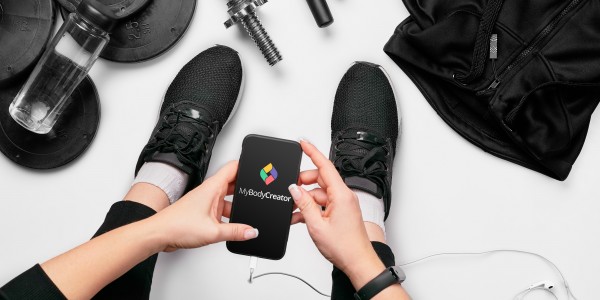How to change our habits effectively?
Fitness applications use behavior change techniques in order to improve users’ physical activity, but which applications and techniques are the most effective ones? In a research in American Journal of Preventive Medicine, the researchers rated the top 100 applications for physical activity and analyzed what behavior change techniques are used in them. They found out that such techniques are barely used.
In the research, qualified inspectors, who use a classification scheme, which consists of 93 specific techniques for behavior change, have checked each application in order to find out whether there is such a technique or there isn’t. In general, 39 out of 93 possible techniques used for behavior change were found, averaging for 6.6 techniques in each application. The most frequently used techniques included: granting of social support through online communities (ex. Facebook or Twitter), information about other people’s approval, instructions, demonstrations and feedback.
According to Dr. Conroy, the main researcher, who is a professor in the Department of Preventive Medicine in Northwestern University Feinberg School of Medicine, most applications use very limited number of techniques for behavior change. For instance, the most frequently used is social media approval compared to the more accurate technique of active self-monitoring.
The lack of self-control in the physical activity applications could be an unexpected consequence of the improved sensor capabilities of the mobile devices. The usage of built-in accelerometers, which passively detect movement, don’t stimulate the user to practice self-control and users could miss the benefits, which could have been received by a feedback to the application and by the active self-reporting.
My Body Creator requests regular feedbacks from its users in order to adapt and optimize the prepared personal nutrition and workout plan. The social element is also presented as the application gives the opportunity to its users to share their results and progress in the social media.
As the spread of smartphones and other mobile devices continues, health specialists and users see a promising potential for health improvements to a large group of the population. More than half of the population in the developed countries possesses smartphones and around 50% of them already use some kind of fitness applications.
The applications which change the users’ behavior in the right direction are extremely valuable, because among the main reasons for poor health in the developed countries are low physical activity and inappropriate nutrition intake.
References:
Chih-Hsiang Yang, Jaclyn P. Maher, David E. Conroy. Implementation of Behavior Change Techniques in Mobile Applications for Physical Activity. American Journal of Preventive Medicine, 2015;


 Bulgarian
Bulgarian 



